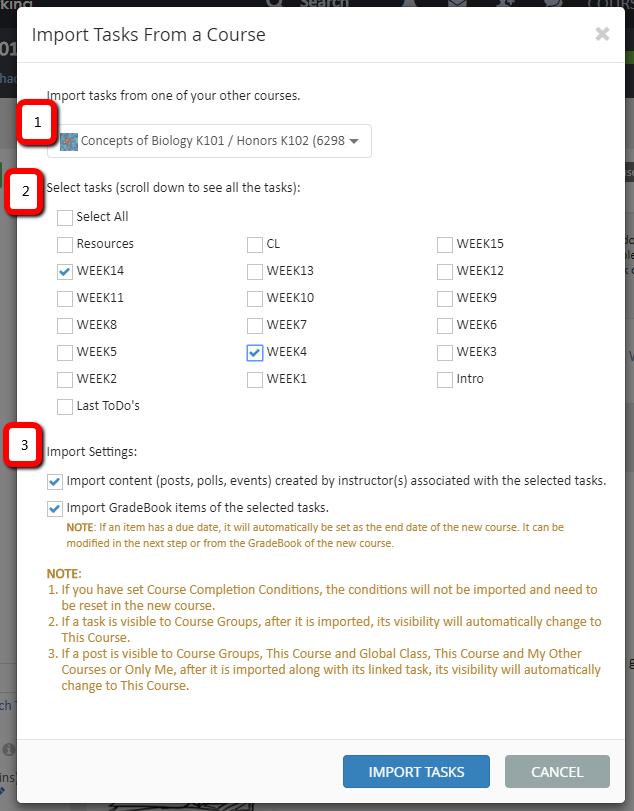

In the Import and Export section, click External System Import and then click CSV. Once your CSV file has been prepared, log into your Jira Cloud site as a Jira administrator to start the import process. TT-2,Original summary 2,1,label-1,label-2 Your CSV file can contain worklog entries. Fields mapping to Status and Issue Type will use the default value when "Import as blank" is also selected. Note that the import will fail if a field value is mapped to a Jira field that doesn't support that value. No mapping - this attempts to import the value in the CSV file as is. If you are importing unresolved issues, you should create a field mapping for the Resolution field and change the value from "Unresolved" to "Import as blank". Import as blank - this causes the Jira value to be blank for that field. You'll also see a list with available values for fields mapping to Status however, you will not be able to create new status values.įor the Resolution, Priority, Issue Type, and Status fields, you can choose the following:
#IMPORT TASKS INTO PAGICO PLUS#
Create values that do not exist in Jira by clicking the green plus symbol. IssueType, Summary, Project Name, Project Keyįor fields mapping to Resolution, Priority, and Issue Type, you'll see a list with the available values in Jira. In this example, the first and second issues will be imported into the "Sample" project (with project key "SAMP") and the third issue will be imported into the "Example" project (with project key "EXAM") if you match the "Project Name" and "Project Key" fields in your CSV file to the corresponding Project name and Project key fields in Jira: The project name and key data is the minimum Jira project data required for importing issues from a CSV file into specific Jira projects. You can import issues from your CSV file into different Jira projects by:Īdding two columns to your CSV file with the headings "Project Name" and "Project Key"Įnsuring that every issue represented in your CSV file contains the name and key in these columns for the corresponding Jira projects Sub-task, "Fourth issue", v1, v2,, Component2,, , 2, fedcb-12345-edcba Importing issues into multiple JIRA projects IssueType, Summary, FixVersion, FixVersion, FixVersion, Component, Component, Issue ID, Parent ID, Reporterīug, "First issue", v1,, , Component1,, 1,, abcde-12345-fedcbaīug, "Second issue", v2,, , Component1, Component2, 2,, fedcb-12345-edcbaīug, "Third issue", v1, v2, v3, Component1,, 3,, abcde-12345-fedcba In this example, the fourth issue will be a sub-task of the second issue if you match the "Issue Id" and "Parent Id" fields in your CSV file to the corresponding issue and parent ID fields in Jira:

Do not include any value in the "Issue Id" fields for sub-tasks.

Referencing the unique "Issue Id" number of the regular issue in the "Parent Id" column. Do not include any value in the "Parent Id" fields for regular issues. Creating sub-tasksĪdding two columns to your CSV file with the headings "Issue Id" and "Parent Id"Įnsuring each regular (non sub-task) issue is given a unique (sequential) number in the "Issue Id" column. Note that URLs for attachments support the HTTP and HTTPS protocols and can be located anywhere that your Jira Cloud site can access. Assignee, Summary, Description, Attachment, "Issue demonstrating the CSV attachment import", "Please check the attached image below.", " " 10:10 Admin This comment "CSV attachment import with timestamp,author and filename", "Please check the attached image below.", " 13:10 Admin image.png file://image-name.png", " 10:10 Admin This comment works"


 0 kommentar(er)
0 kommentar(er)
